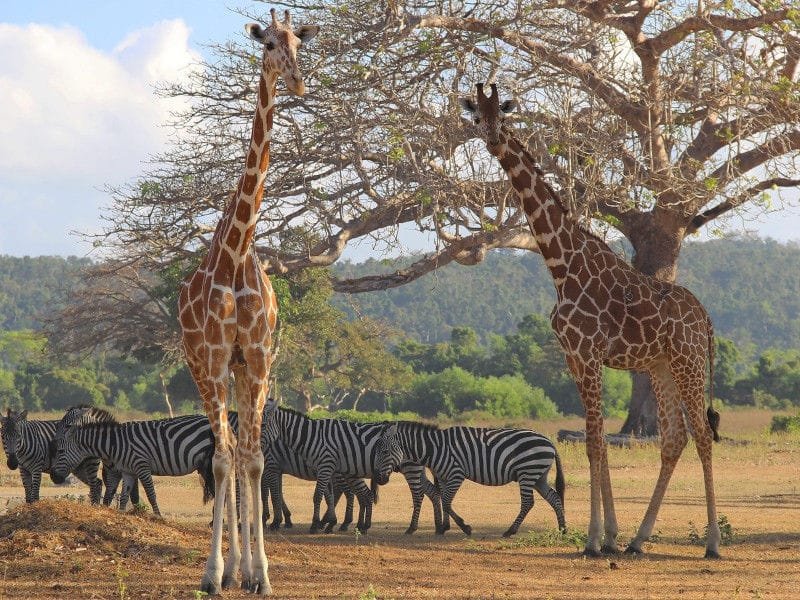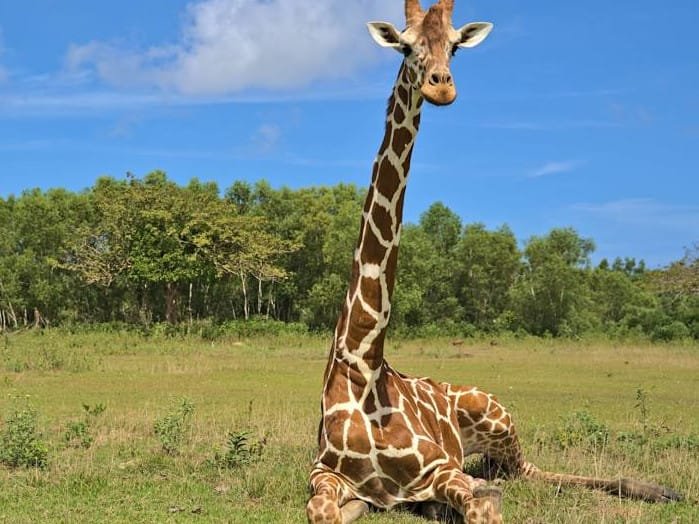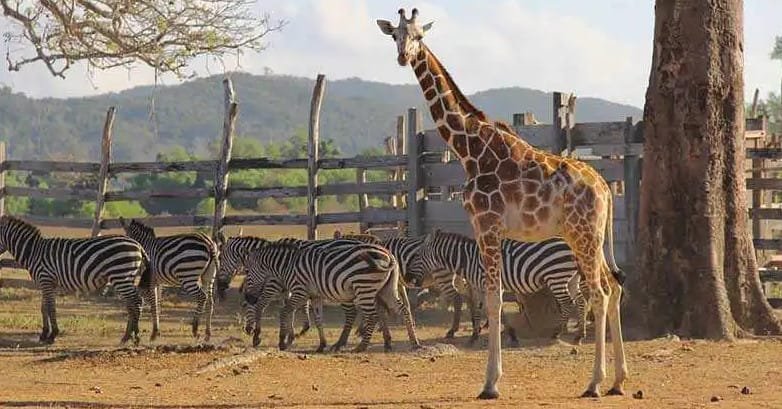Key Takeaways
- Discover giraffes in the Philippines living at the Calauit Wildlife Sanctuary.
- Learn how African animals arrived on a Philippine island in the 1970s.
- Explore a unique mix of African and native wildlife, like zebras and Calamian deer.
- Understand why conservation efforts at Calauit matter for animals and locals.
- Get easy tips for visiting this hidden gem in Palawan.
- See how Calauit boosts global wildlife awareness despite challenges.
- Find out why this sanctuary is a bucket-list spot for nature lovers.
Giraffes in the Philippines: A Rare Wildlife Story
Did you know giraffes live in the Philippines? This surprising fact draws attention to the Calauit Wildlife Sanctuary in Palawan, a unique conservation site. In this 1,000-word blog post, you will learn how giraffes arrived in the Philippines, what makes the sanctuary special, and how it supports conservation efforts. Additionally, you will get practical tips for visiting this offbeat destination. For wildlife and conservation enthusiasts, this article offers insights into a fascinating project and a chance to explore an unusual travel spot.

How Did Giraffes Arrive in the Philippines?
The story of giraffes in the Philippines began in the 1970s. Kenya faced habitat loss and poaching, prompting a request for help. As a result, the Philippine government agreed to relocate African animals to Calauit Island. Giraffes, zebras, and antelopes were shipped across continents to this new home. This effort aimed to protect these species and create a unique ecosystem. Today, the Calauit Wildlife Sanctuary showcases this bold move, with giraffes thriving in a tropical setting.
What Makes Calauit Wildlife Sanctuary Unique?
The Calauit Wildlife Sanctuary covers 3,700 hectares and blends African and Philippine wildlife. Visitors can join a jeepney safari to see giraffes eating acacia leaves and zebras crossing the grasslands. Meanwhile, native species like the Calamian deer and Palawan bearcat add diversity. This mix creates a rare conservation site in the Philippines. The sanctuary offers an educational experience, highlighting African wildlife in the Philippines against a tropical backdrop.
Why Does Conservation Matter at Calauit?
Conservation is central to the Calauit Wildlife Sanctuary’s mission. For example, it has bred the endangered Calamian deer, growing their numbers from a handful to over 100. Moreover, African wildlife draws attention to global habitat issues. Local communities benefit too, with jobs as guides and rangers supporting sustainable tourism. Thus, the sanctuary proves conservation can help both animals and people. Its success offers lessons for similar efforts worldwide.
What Wildlife Can You See at Calauit?
Beyond giraffes in the Philippines, Calauit hosts a range of species. Giraffes, with necks up to 18 feet, are a highlight, grazing alongside zebras and antelopes. Native animals, like the Calamian deer and Palawan bearcat, also thrive here. This combination of African wildlife in the Philippines and local species makes every visit diverse. Tourists often leave with a deeper appreciation for biodiversity and conservation in Palawan.
How Can You Visit Calauit Sanctuary?
Planning a trip to see giraffes in the Philippines is simple. Most start from Coron, taking a boat to Calauit Island. Early morning tours are ideal, as animals are more active then. Wear comfortable shoes, bring water, and use a hat for sun protection. Guides ensure safety, so follow their rules. The journey offers a rare chance to witness African wildlife in the Philippines up close.
What Challenges Does Calauit Face Today?
Maintaining the Calauit Wildlife Sanctuary is not easy. Funding and resources can be limited, affecting animal care and facilities. Additionally, balancing tourism with conservation is a challenge. Too many visitors could disturb the wildlife, yet income from tours supports the sanctuary. Despite these issues, efforts continue to protect giraffes in the Philippines and other species. The sanctuary’s team works hard to keep this unique project alive.

How Has Calauit Impacted Conservation?
The sanctuary’s impact reaches beyond its borders. By breeding species like the Calamian deer, it has aided local wildlife recovery. Furthermore, it raises awareness about conservation in Palawan and beyond. Visitors leave inspired to support similar causes. The presence of African wildlife in the Philippines also sparks global interest, encouraging cross-border conservation talks. This small island has become a big player in wildlife protection.
Why Should You Care About Calauit?
The Calauit Wildlife Sanctuary matters because it shows what’s possible. Relocating giraffes to the Philippines was a daring idea that worked. It highlights how creative solutions can save species and educate people. For adults interested in wildlife and conservation, Calauit offers a real-world example of success. Plus, it’s a travel destination that combines adventure with purpose. Its story encourages us to think about our role in protecting nature.
Conclusion
The Calauit Wildlife Sanctuary brings giraffes in the Philippines to life, blending African and local wildlife in a unique way. From its 1970s origins to its conservation wins, Calauit offers a compelling tale for wildlife fans. Practical tips make it accessible, while its challenges and impacts deepen its value. This sanctuary proves conservation can thrive in unexpected places.

